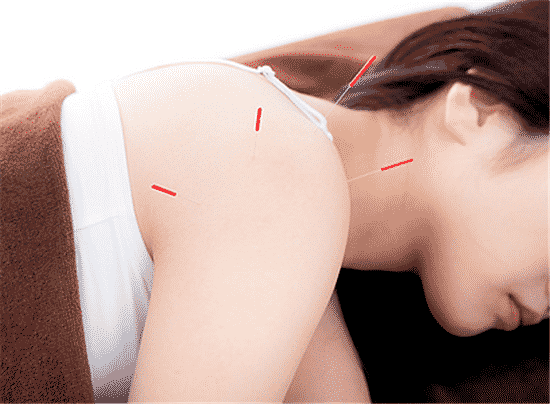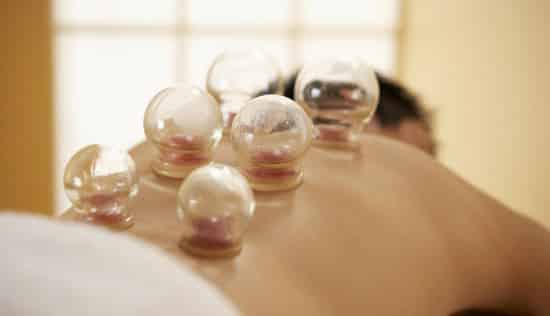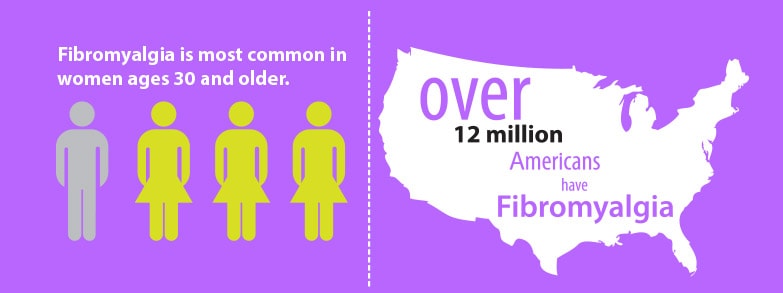Fibromyalgia is a frustrating and painful disease that overwhelmingly affects women. Some of the many things that make it so baffling is that fibromyalgia causes are largely unknown, and a fibromyalgia cure lies somewhere in the future.
Fibromyalgia diagnosis is made after the doctor has heard the patient’s symptoms and after they have determined that the patient has fibromyalgia points. Pain in these tender points or trigger points on either side of the body helps in fibromyalgia diagnosis, for there is no specific test for the disorder, and other conditions have to be ruled out. But fibromyalgia pain isn’t the only symptom of the disease. Other symptoms include:
- Chronic, unremitting fatigue.
- Numbness and tingling in the extremities.
- Sleeping problems.
- Aching bones and muscles.
- Irritable bowel syndrome, whose own symptoms are troublesome. They include cramping and alternating constipation and diarrhea.
- Stiffness in the joints.
- Depression.
- Headache.
- Anxiety.
- Sensitivity to light.
- Sensitivity to loud noises.
These symptoms have given some medical expert some ideas of fibromyalgia causes. Some believe it is an autoimmune disease or that it may follow a traumatic or stressful event in the patient’s life. Some people believe that fibromyalgia sufferers have exceptionally sensitive nervous systems and feel pain when other people wouldn’t.
Fibromyalgia pain can be debilitating. It seems not to stay in one place but travels all over the body. A patient can go into remission for a time only to have the symptoms return without warning. This makes the psychological symptoms of anxiety and depression even worse. Sufferers are willing to try many things to ease the symptoms, even if they are considered alternative treatments. Two of these modalities are acupuncture and cupping.
Acupuncture and Fibromyalgia

Acupuncture has been practiced for thousands of years and has been used to ease chronic pain and other maladies. The goal of acupuncture is to help the body regain its natural balance.
The acupuncturist inserts fine needles into precise points on the patient’s body. These points, which are not the same as fibromyalgia points, communicate with different systems in the body. The needles, which are about 1 to 10 centimeters long, are inserted to certain depths depending on the condition. The needles are so very fine that anesthesia is not needed.
The acupuncturist allows the needles to remain in place for about 20 minutes or so. Sometimes electricity or heat is applied to the needles to make them more effective. Some health professionals suspect that the insertion of the needles stimulates the brain to release endorphins, which are natural painkillers. A good number of fibromyalgia sufferers find at least some relief through acupuncture.
Cupping and Fibromyalgia

Like acupuncture, cupping is also a traditional healing therapy with roots in the ancient world. With cupping, healer or therapist places glass cups on the skin to ease pain, support the circulatory system and help the body remove toxins. A vacuum is created inside the cup, and the cups are put on the trigger points and allowed to work for 10 minutes.
The two types of cupping are stationary cupping or massage(dynamic) cupping. In the former, the glass cups are simply left in one place on the body. In the latter, the cups are manipulated around the skin to massage it. Some fibromyalgia patients might be afraid that the cupping will make the tender points around their bodies hurt more, but users claim that cupping is not painful. Cupping does not worsen any of the other fibromyalgia symptoms and eases stiffness, depression and anxiety and the sensitivity of the patient’s tender points.
The therapist creates a vacuum inside the glass cup by igniting a cotton ball, holding it inside the cup and placing the cup on the patient’s skin right away. The vacuum pulls the skin up into the glass. In some types of cupping, the therapist may use a needle to prick the patient’s skin.
The patient may have between four and six of the cups. They are left on for 15 minutes. The therapist will soothe the patient’s skin with oil if they are to have a massage cupping. At the end, the patient will see round, red welts on their skin where the cups had been. Professionals say this is a sign that the circulation of blood is improving.
Our professionals at Pro Fusion Rehab are pleased to offer cupping and acupuncture to our patients who know the torment of fibromyalgia, call our Milton Physiotherapy Clinic or Pickering Physiotherapy Clinic to book appointment
